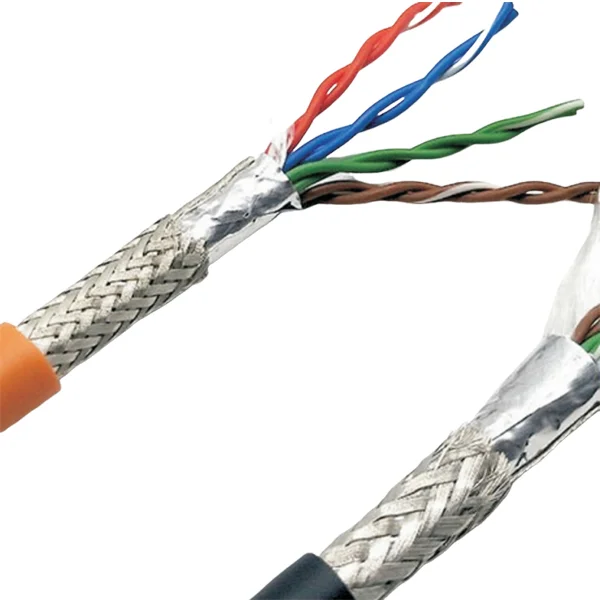When it comes to soldering in electronics, the choice of solder can significantly impact the quality and reliability of your connections. Among the various solder types available, 60-40 solder, which consists of 60% tin and 40% lead, has been a staple in the industry for decades. However, with the increasing emphasis on safety and environmental considerations, many hobbyists and professionals alike are left wondering: Is 60-40 solder still a good choice for electronics? In this article, we will delve into the properties, advantages, disadvantages, and best practices associated with 60-40 solder to help you make an informed decision.
Understanding 60-40 Solder
60-40 solder is a type of eutectic solder, meaning it has a specific composition that allows it to melt and solidify at a single temperature, which is approximately 183°C (361°F). This characteristic is particularly advantageous for electronics work, as it provides a reliable melting point that simplifies the soldering process. The tin-lead combination offers excellent wetting properties, allowing the solder to flow smoothly and create strong, conductive joints.
Advantages of 60-40 Solder
- Excellent Electrical Conductivity: The high tin content in 60-40 solder ensures good electrical conductivity, making it suitable for a wide range of electronic applications. This is crucial for maintaining signal integrity in sensitive circuits.
- Low Melting Point: The eutectic nature of 60-40 solder means it melts and solidifies quickly, reducing the risk of thermal damage to sensitive components during the soldering process. This is particularly important when working with delicate electronic parts that can be easily damaged by excessive heat.
- Strong Mechanical Bonds: The combination of tin and lead creates a robust joint that can withstand mechanical stress. This is essential for ensuring the longevity and reliability of electronic assemblies, especially in applications subject to vibration or movement.
- Ease of Use: For beginners and experienced solderers alike, 60-40 solder is relatively easy to work with. Its good flow characteristics and quick solidification make it a popular choice for various soldering tasks.
Disadvantages of 60-40 Solder
- Lead Content: The most significant drawback of 60-40 solder is its lead content. Lead is a toxic substance that poses health risks if ingested or inhaled. As a result, many countries have implemented regulations limiting the use of lead-based solders in consumer electronics, particularly in products intended for children or that may be disposed of improperly.
- Environmental Concerns: The environmental impact of lead is a growing concern. Lead can leach into soil and water, posing risks to wildlife and human health. This has led to a push for lead-free alternatives in the electronics industry.
- Compatibility Issues: While 60-40 solder is suitable for many applications, it may not be compatible with all components, especially those designed for lead-free soldering. Using lead-based solder on lead-free components can lead to issues such as solder joint failure or poor electrical performance.
Alternatives to 60-40 Solder
Given the concerns surrounding lead, many manufacturers and hobbyists are turning to lead-free solder options. Common alternatives include:
- SAC Solder: Composed of tin, silver, and copper, SAC solder is a popular lead-free option that offers good mechanical and electrical properties. It has a higher melting point than 60-40 solder, which may require adjustments in soldering techniques.
- Tin-Copper Solder: This is another lead-free alternative that is often used in electronics. It provides decent conductivity and is less expensive than SAC solder, making it a viable option for many applications.
Best Practices for Using 60-40 Solder
If you decide to use 60-40 solder for your electronics projects, consider the following best practices to ensure safety and effectiveness:
- Work in a Well-Ventilated Area: To minimize exposure to lead fumes, always solder in a well-ventilated space. Using a fume extractor can further reduce inhalation risks.
- Use Proper Safety Gear: Wear safety glasses and gloves when soldering to protect against splashes and accidental contact with hot solder.
- Clean the Surfaces: Ensure that the surfaces to be soldered are clean and free of oxidation or contaminants. This will improve the quality of the solder joint.
- Practice Good Hygiene: Wash your hands thoroughly after handling solder, especially before eating or drinking, to avoid lead ingestion.
Conclusion
In conclusion, while 60-40 solder has been a reliable choice for electronics for many years, its lead content raises valid concerns regarding health and environmental safety. For hobbyists and professionals, the decision to use 60-40 solder should be weighed against these factors, as well as the specific requirements of the project at hand. While it offers excellent properties for soldering, the growing trend towards lead-free alternatives cannot be ignored. Ultimately, understanding the advantages and disadvantages of 60-40 solder will empower you to make the best choice for your electronics projects, ensuring both quality and safety.
